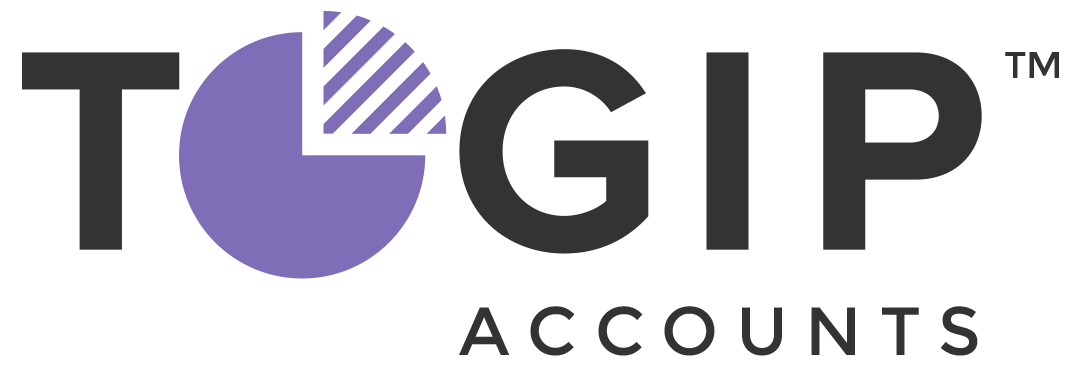Do you recharge expenses onto your customers?
If you do not understand the type of expense you are recharging and how to account for it correctly you COULD be increasing your VAT liability and end up paying more the HMRC unnecessarily.
There are two types of expense you can recharge onto your customer.
• Incidental Costs
• Disbursement Costs
Incidental Costs
Incidental Expenses are costs incurred during delivery of a service or a product to the client, where it is utilised by you or your business rather than your customer. The amount of the cost incurred is recharged without mark-up. Examples of this type of expense would include:
• Hotel costs
• Mileage
• Taxi Fares
• Train Tickets
• Flights
• Subsistence
• Postage
Recharging Incidental Costs
Assuming your business is VAT registered. Regardless of whether the cost incurred was vatable or not, ALWAYS take the net cost (excluding VAT) and recharge onto your customer plus VAT. This MUST be coded to an income code within the chart of accounts and VAT MUST be paid to HMRC in the usual manor.
Example (Vatable cost)
You incur a cost of £100 + £20 VAT (20%) = £120.00
When you recharge this cost onto the customer, you will recharge as follows:
£100 + £20 VAT (20%) = £120.00
Example (Non-vatable cost)
You incur a cost of £100 + £0 VAT (0%) = £100.00
When you recharge this cost onto the customer, you will recharge as follows:
£100 + £20 VAT (20%) = £120.00
Disbursement Costs
Disbursement costs are costs incurred on behalf of the customer. The customer must receive the goods or service and you are essentially acting as an agent. The amount of the cost incurred is recharged without mark-up. Examples of this type of expense would include:
• You purchase some software on behalf of the customer.
• You purchase a domain name on behalf of the customer.
• You book a flight on behalf of the customer.
Recharging Disbursement Costs
Assuming your business is VAT registered. Regardless of whether the cost incurred was vatable or not, ALWAYS take the gross cost (including any VAT) and recharge onto your customer without VAT (Out of Scope). This MUST be coded to an income code within the chart of accounts.
Example (Vatable cost)
You incur a cost of £100 + £20 VAT (20%) = £120.00
When you account for this in your accounting system as an expense you would do so as follows:
£120.00 + £0.00 (Out of Scope) = £120.00
No VAT is reclaimable from HMRC because the cost was not intended for your business.
When you recharge this cost onto the customer, you will recharge as follows:
£120 + £0.00 VAT (Out of Scope) = £120.00
No VAT is payable to HMRC because the cost was not intended for your business.
NOTE: You will need to provide a copy of the original supplier VAT invoice to your customer (if they are a VAT registered business) so that they can reclaim the VAT back from HMRC.
Example (Non-vatable cost)
You incur a cost of £100 + £0 VAT (0%) = £100.00
When you recharge this cost onto the customer, you will recharge as follows:
£100 + £0 VAT (Out of Scope) = £100.00
NOTE: Regardless of whether the cost incurred was vatable or not, the recharge invoice you create to your customer is excluded from your VAT return to HMRC.
Adding Mark Up to Recharged Expenses
If you wish to add a mark up to any expenses you are recharging to your customer, this mark up amount MUST be shown separately on your sales invoice and VAT accounted for in the normal way for your business.
More information relating to this topic can be found on GOV.uk here.

